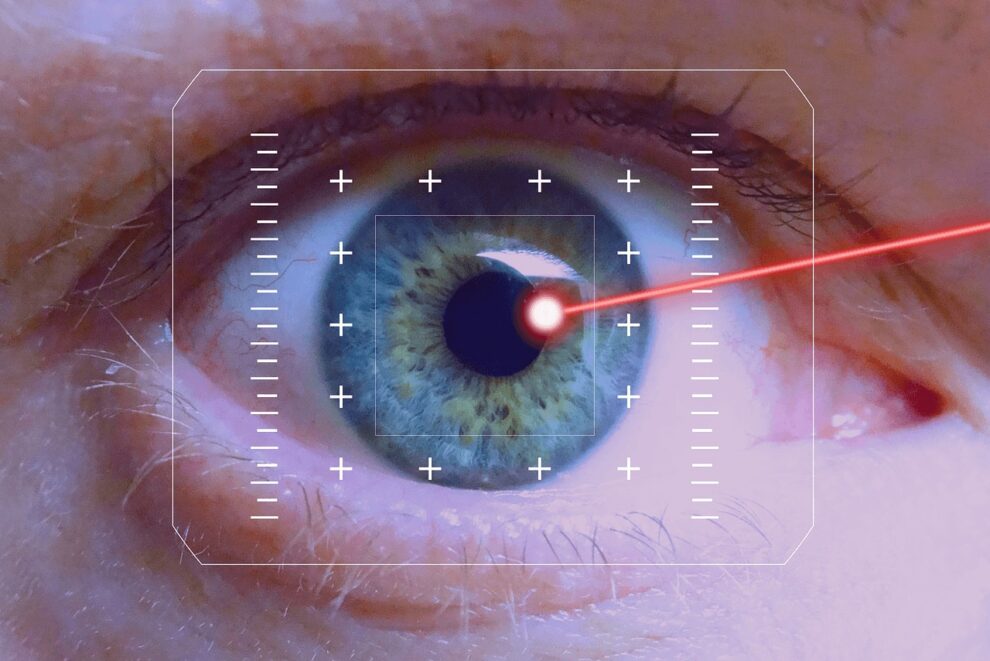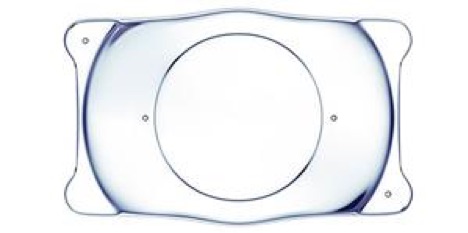Refractive Surgeries
Overview

LASIK
Laser-assisted in situ keratomileusis, also known as LASIK, is a laser surgery that reshapes the cornea and allows light to be directly focused on the retina. This enables clear vision. LASIK is used to correct myopia, hyperopia and astigmatism. During this outpatient procedure, a surgeon first creates a thin flap on the surface of the cornea. After the flap is out of the way, microscopic amounts of corneal tissue are removed with laser and the cornea is reshaped. Subsequently, the flap is put back in place and the cornea is al-lowed to heal naturally. Recovery for LASIK is quick, and individuals usually notice sig-nificant visual improvements the day of the procedure. However, it is essential to continue lubricating the eyes and maintaining adequate surface health even after the surgery. If you’re interested in LASIK, Dr. Josephson and his team of surgeons will perform a thor-ough examination and assess your eye health, corneal thickness as well as corneal curva-ture, to ensure that you are a good candidate. If you’re not, there are several other options that could potentially be a better fit for you.
PRK
Unlike LASIK, photorefractive keratectomy, also known as PRK, excludes the ini-tial step of creating a corneal flap. During PRK, the surgeon first removes the epithelial cells and then proceeds with a laser treatment that reshapes the cornea. Since an abrasion is purposefully created on the surface, your eyes will feel uncomfortable for a few days after the procedure. Therefore, a contact bandage lens will be placed on your eyes to en-sure comfort and allow the epithelial cells to grow back. While final outcomes are compa-rable to LASIK, PRK doesn’t provide instantaneous visual improvements because surface cells will need time to regenerate. In addition, your vision might take a few weeks to fully stabilize. However, this procedure is typically a better option for patients who struggle with dry eyes, individuals who do not have adequate corneal thickness or have a prior his-tory of LASIK. Moreover, there is no risk for flap complications since PRK omits this step. Photorefractive keratectomy is utilized to correct nearsightedness, farsightedness as well as astigmatism. Speak to Dr. Josephson to determine the best option for your eyes.
ICL
An Implantable Collamer Lens, also known as ICL, is like a contact lens that is placed inside the eye. This lens is inserted between the iris (the colored part of your eye) and the eye’s natural lens. Although it is designed to be permanently placed, it can be re-moved or replaced at any time. This option is especially recommended for individuals who either have high prescriptions or are not a candidate for other refractive surgeries such as LASIK or PRK. For these patients, an ICL provides an instantaneous improve-ment and ultimately results in superior visual outcomes.
Refractive Lens Exchange
This refractive surgery replaces your eye’s natural lens with an artificial intraocular lens. This procedure, also known as clear lens exchange, consists of similar strategies as cataract surgery. However the main difference is, the surgeon replaces a clear lens instead of a lens with a cataract. Therefore, once this procedure is performed, there is no need to have cataract surgery later in life. Additionally, this procedure can achieve more independence from glasses for presbyopic patients by using multifocal lenses to attain clear vision for both near and far.

